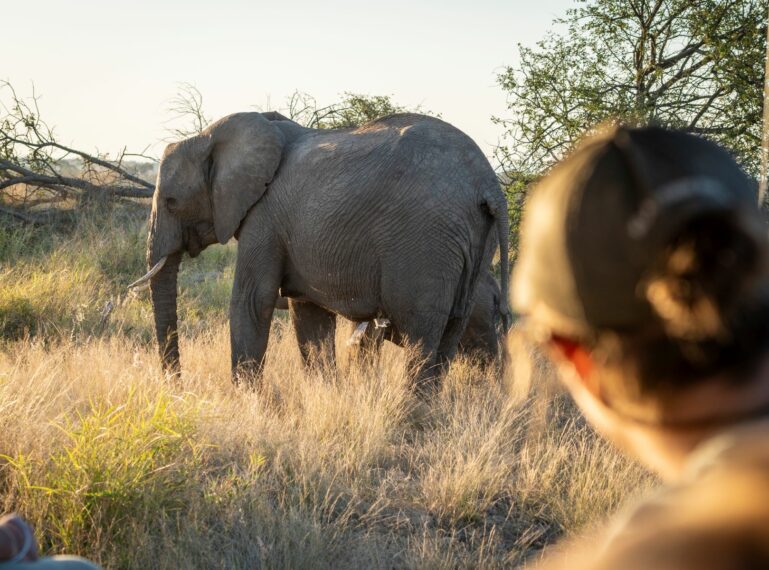
Safaris stay with you long after the dust has settled. They are so much more than simply a journey into the wild, not only are they an extraordinary experience, they help protect the wild places you visit. Know that your presence and choice to go on a safari matters. By visiting the wild, you play an active in conservation efforts. In honour of Earth Day, we take a deeper look into the connection between safaris and conservation.
Most people do not realise that safaris and conservation go hand in hand. It’s a little like the symbiotic relationship that exists between the ox-pecker and the rhino. They are mutually beneficial. Without conservation efforts, there would be no safaris; and without safaris, conservation would lack a sustainable funding model.
Every day is Earth Day
The wild places of our world are shrinking. Larger populations means more space is needed, not only for humans to live but to grow their food. Agriculture is the biggest driver of destruction of wilderness. “Land is a Finite Source. Land occupies roughly 29% of Earth’s surface. Of that land, 38% is used for agriculture” (Read source article here)
It is one of the most contentious issues in conservation. Human-wildlife conflict. When wild animals roam beyond protected areas in search of food, water, or space, they sometimes come into conflict with the people and communities who live nearby. A lion might kill livestock. An elephant might destroy a farmer’s entire yield of crops. This can be massively devastating for locals.
That is why it is incredibly important that communities that live alongside wild places see the value of protecting wildlife. Well-managed safari operations will ensure that they employ locals from nearby communities ensuring income and jobs. Education is key. It is vital to support educational programmes and trainings so that communities understand the importance of maintaining wilderness areas.
Conservation isn’t just about protecting animals. It’s also about protecting the delicate balance between people and wildlife.
Several community-based programs in the Greater Kruger area focus on training young people as rangers, guides, and eco-monitors. This gives them a stake in wildlife protection and a path to employment.
The Black Mamba Anti-Poaching Unit is the first all-female anti-poaching unit in South Africa. Founded in 2013, the unit consists of 36 badass women who operate, unarmed, in Balule Nature Reserve. They patrol the 50,000-hectare private concession in the Greater Kruger National Park, that is home to Nambu Camp.
Passionate about wildlife and especially rhino conservation, they act as a voice to their communities. Not only do they act as protection with boots on the ground but also through being role models in their communities.
“The importance of the Black Mambas is unique in that the program directly reaches multiple generations within their communities and builds trust, loyalty and environmental patriotism. The Mambas fulfil a crucial role of early detection and prevention of rhino poaching. Their method of disrupting the landscape makes it very difficult for poachers to enter and exit the protected areas. The catalytic role that the Mambas have played in the international rhino poaching conservation arena has been legendary and brought a unique set of values and perspective to conservation on all continents.”
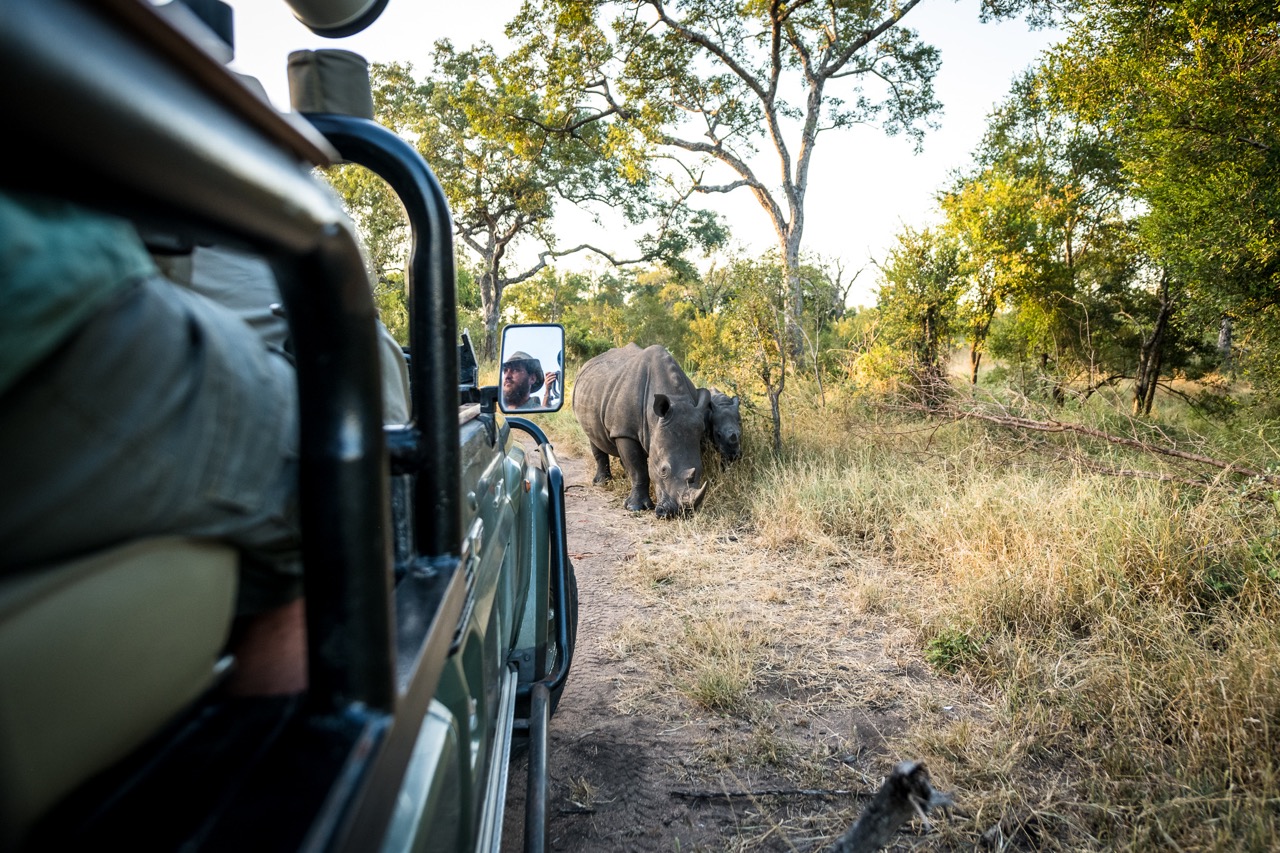
Always an exciting sighting. Even more so when you realise how much goes into protecting these remarkable creatures
Home to most of the rhino’s left in the world, The Greater Kruger faces poaching threats on a daily basis. Hunted relentlessly for their horns (made of the same stuff as our fingernails!) rhino populations have suffered devastating declines. One of the methods employed to combat rhino poaching is dehorning. As sad as it may be to see this ancient giants without a horn, the removal of the rhino’s horn is done in order to make them less valuable to poachers. It is a painless procedure that is done under sedation. The horn is removed just above the growth plate and is akin to trimming your fingernails. Regrowth is slow and the procedure needs to be done every few years.
Many of our camps have their own Anti-poaching units employed to protect the wildlife in their region.
Wild dogs cover immense distances, often over 20 km a day. Like elephants they need large roaming areas and the creation the Greater Kruger, removing fencing, was critical in aiding both of these species.
Protecting Pangolins! A positive step in the right direction
Pangolin’s are amongst the world’s most trafficked animal. Similar to the rhino horn, their scales made of keratin and are highly sought after in the illegal trade market. These secretive creatures are at high risk of extinction. In a positive conservation step, Wildaid shared that China has dropped the use of pangolin-based medicines!
There is no planet B
“What you do makes a difference, and you have to decide what kind of difference you want to make.”
— Dr. Jane Goodall
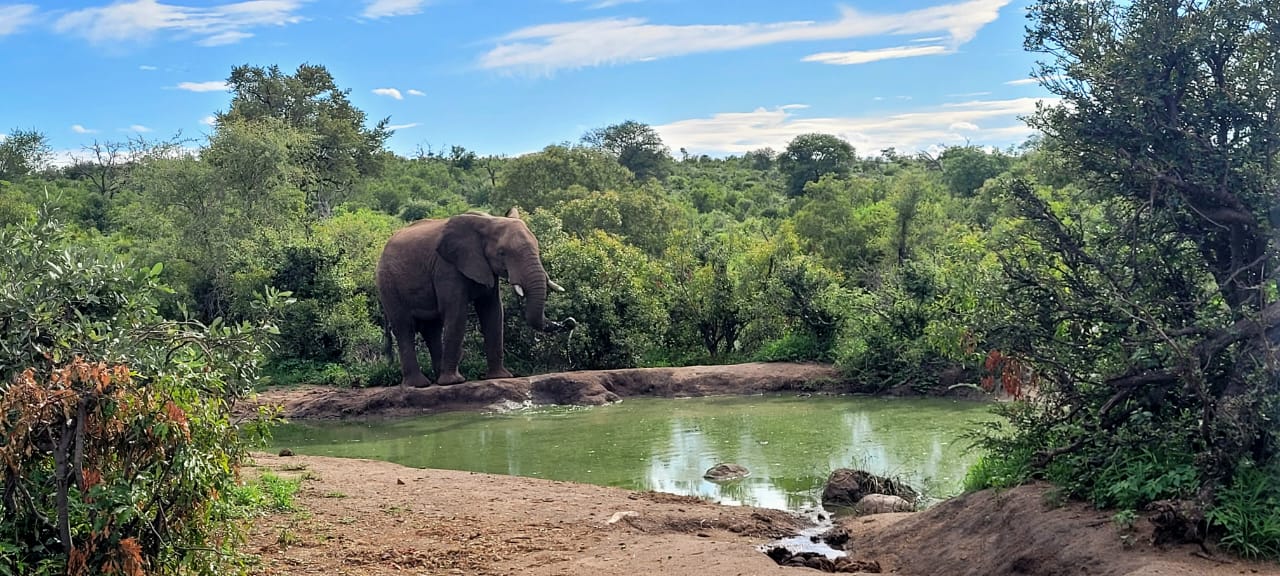
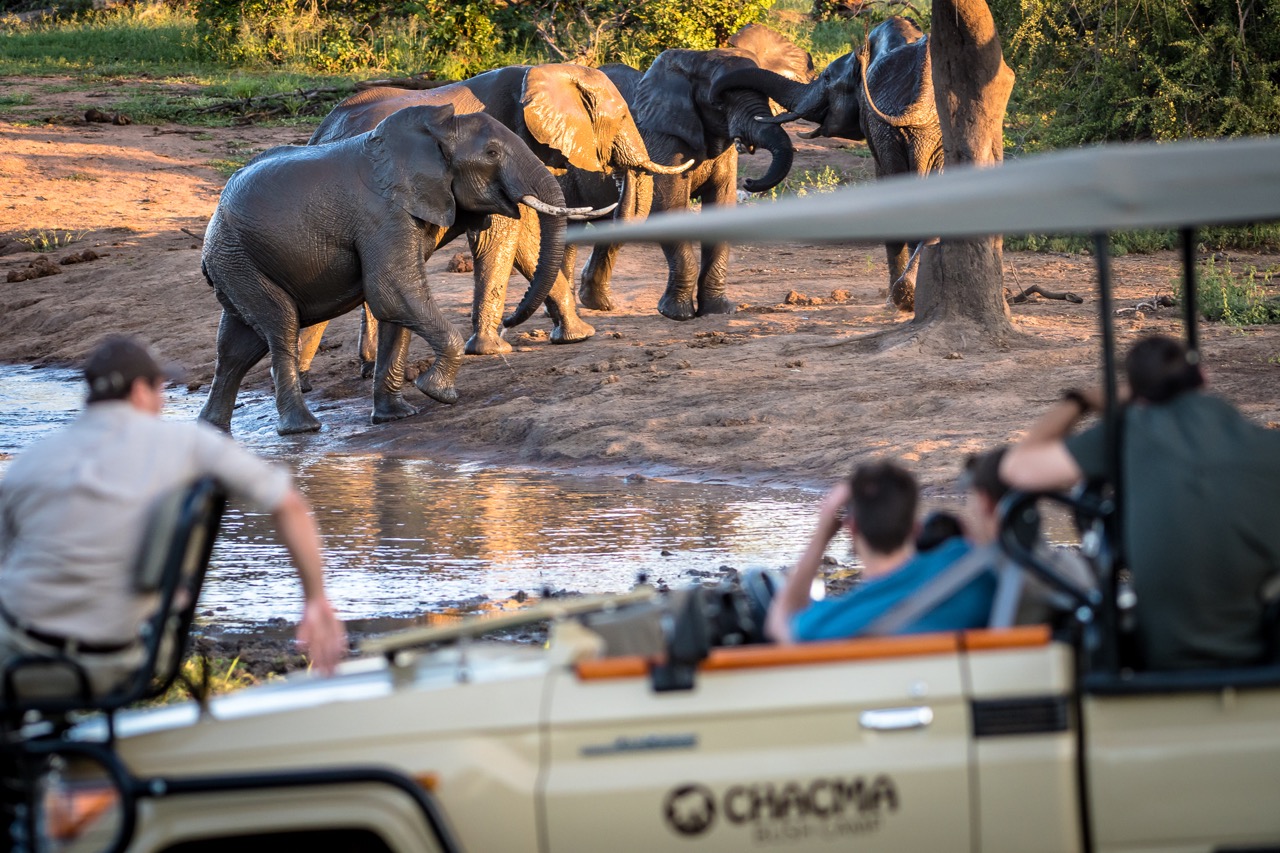
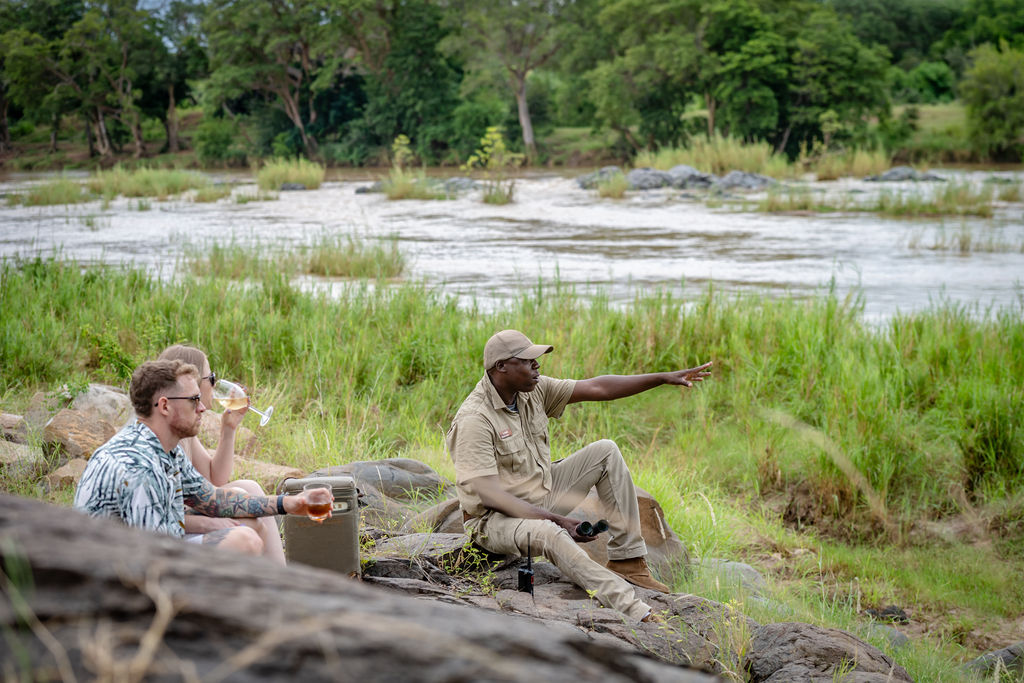
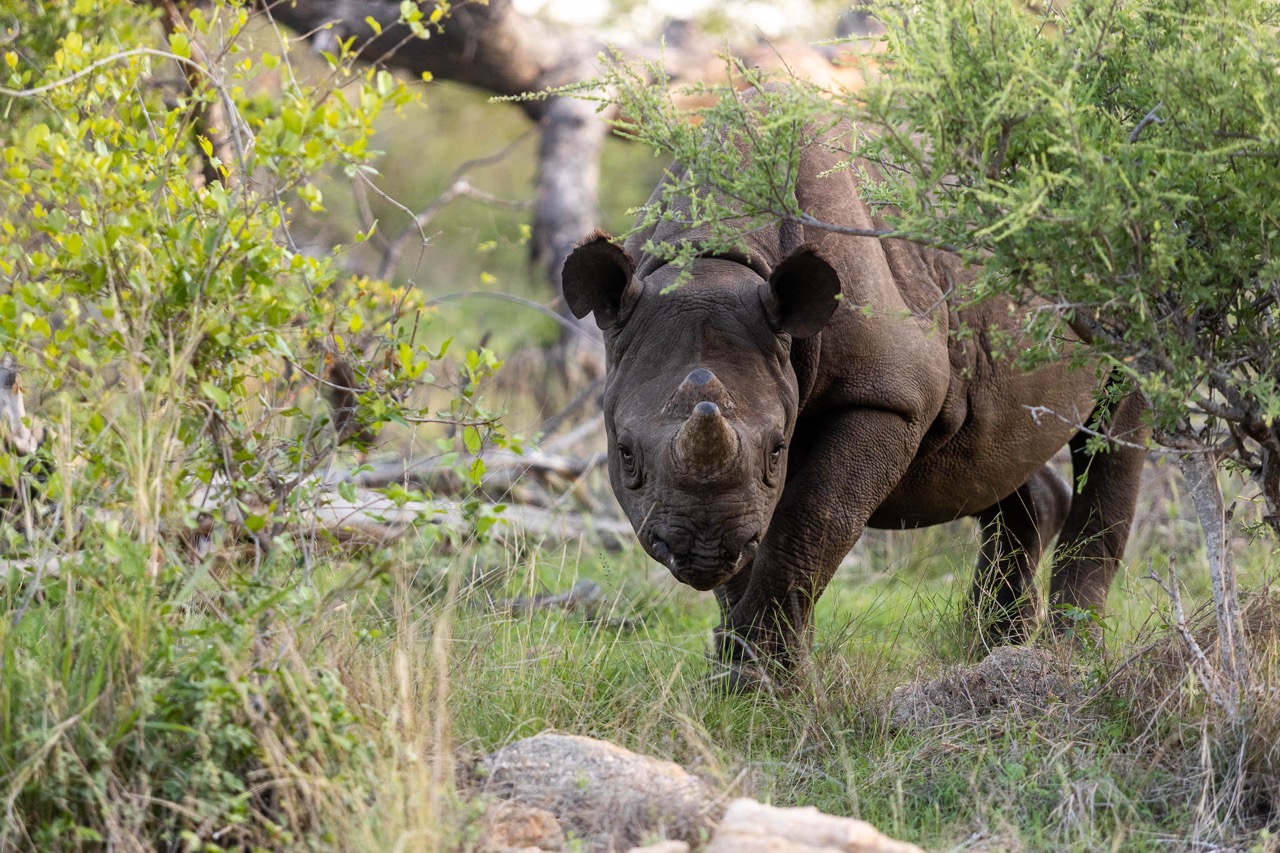

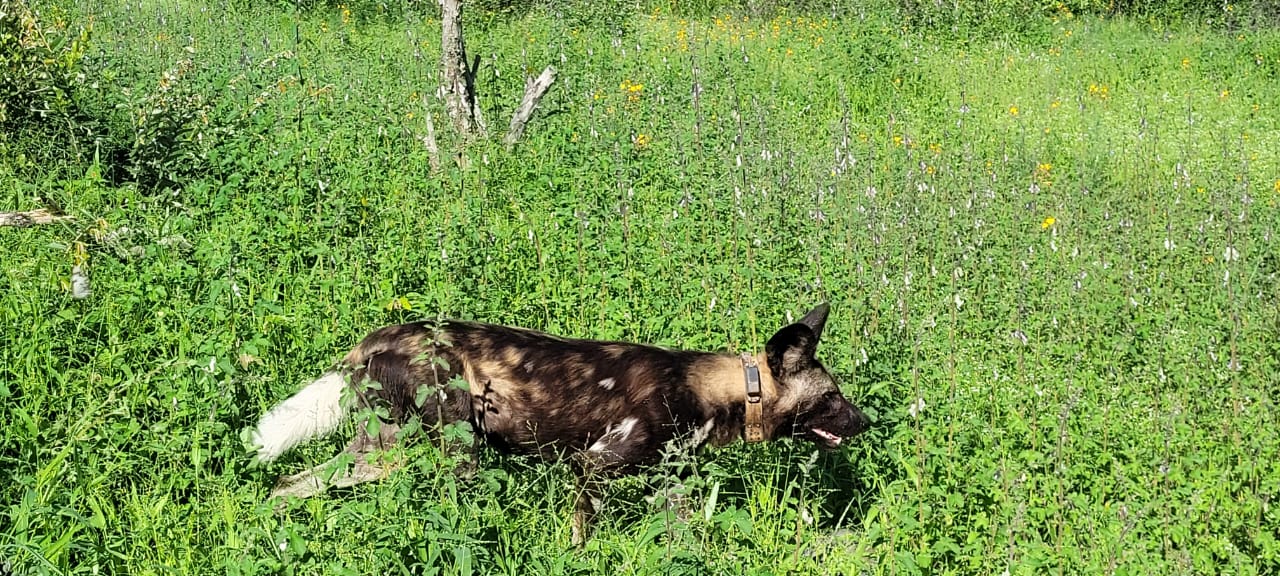
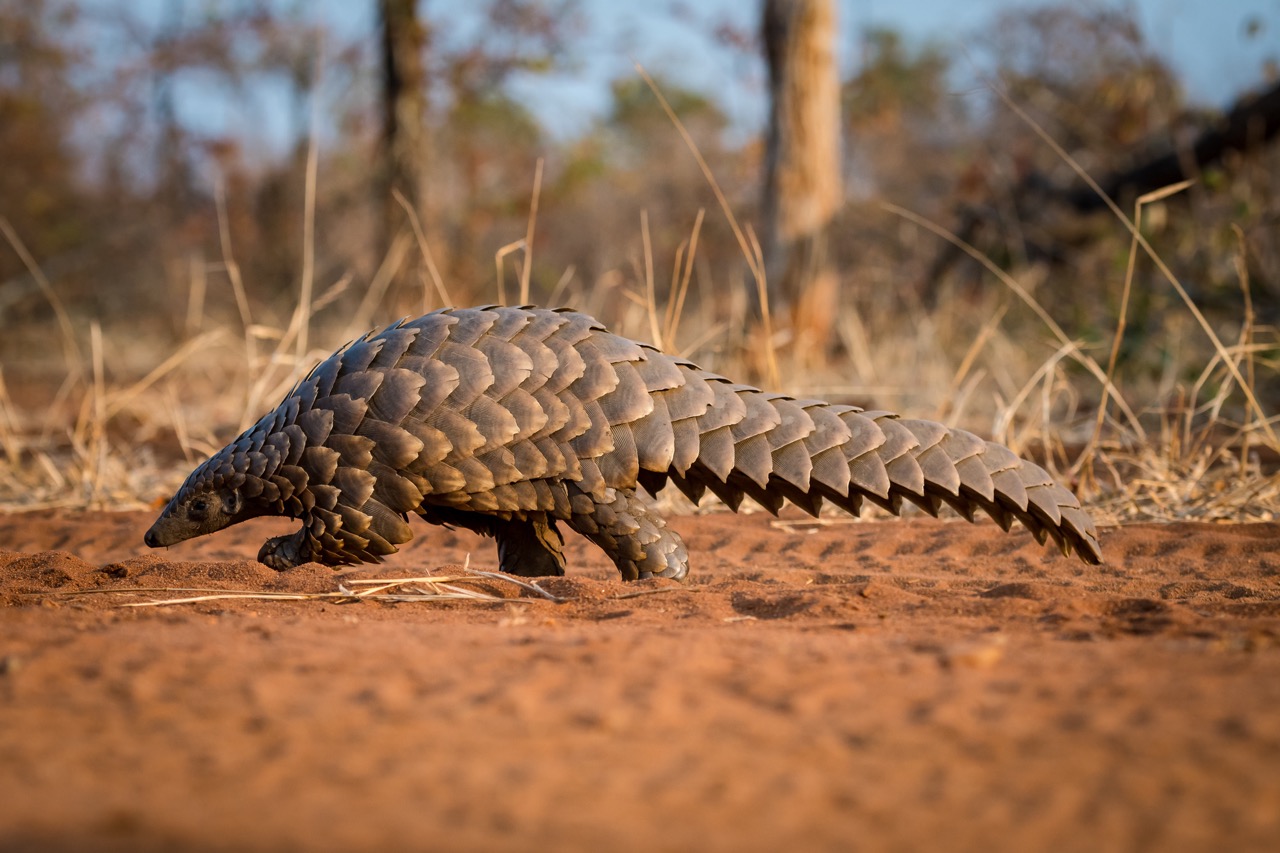
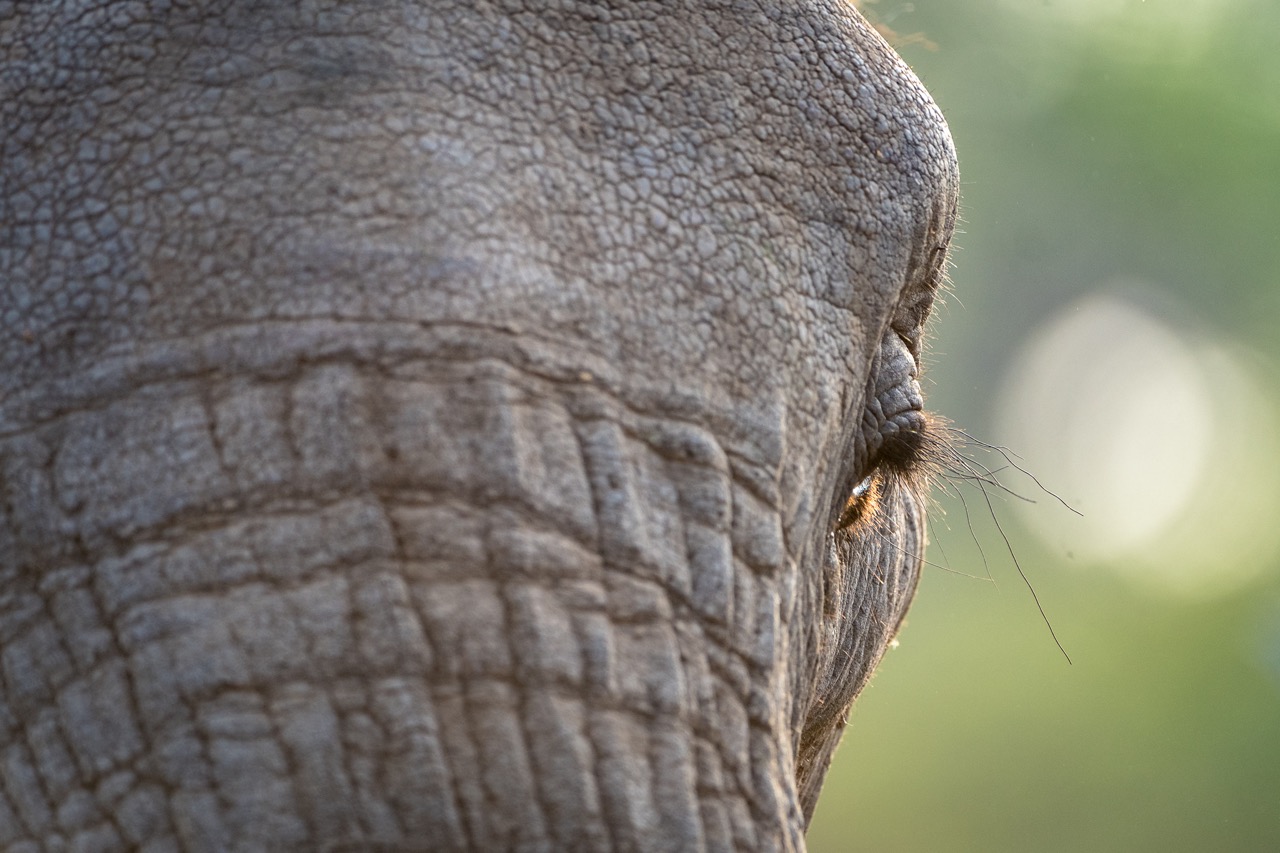
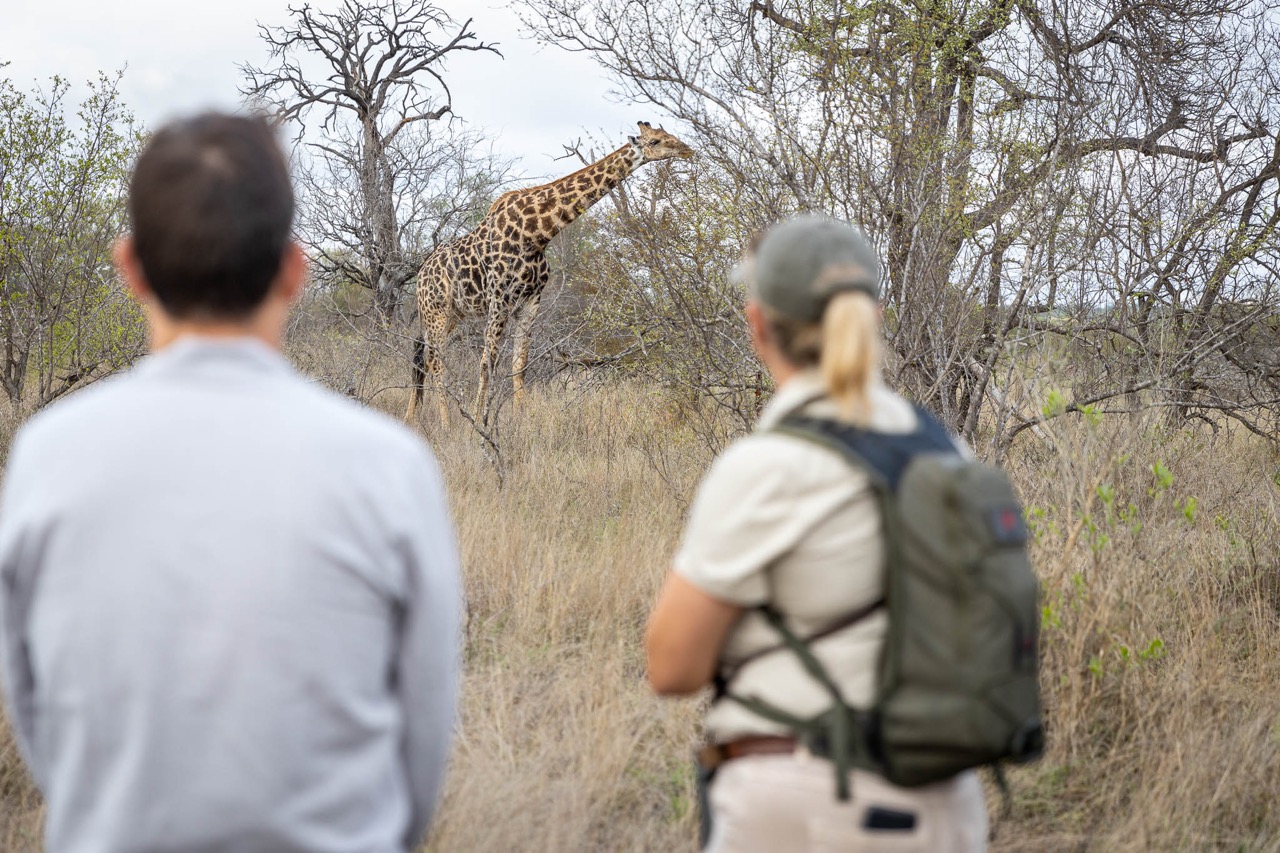
Leave a Comment